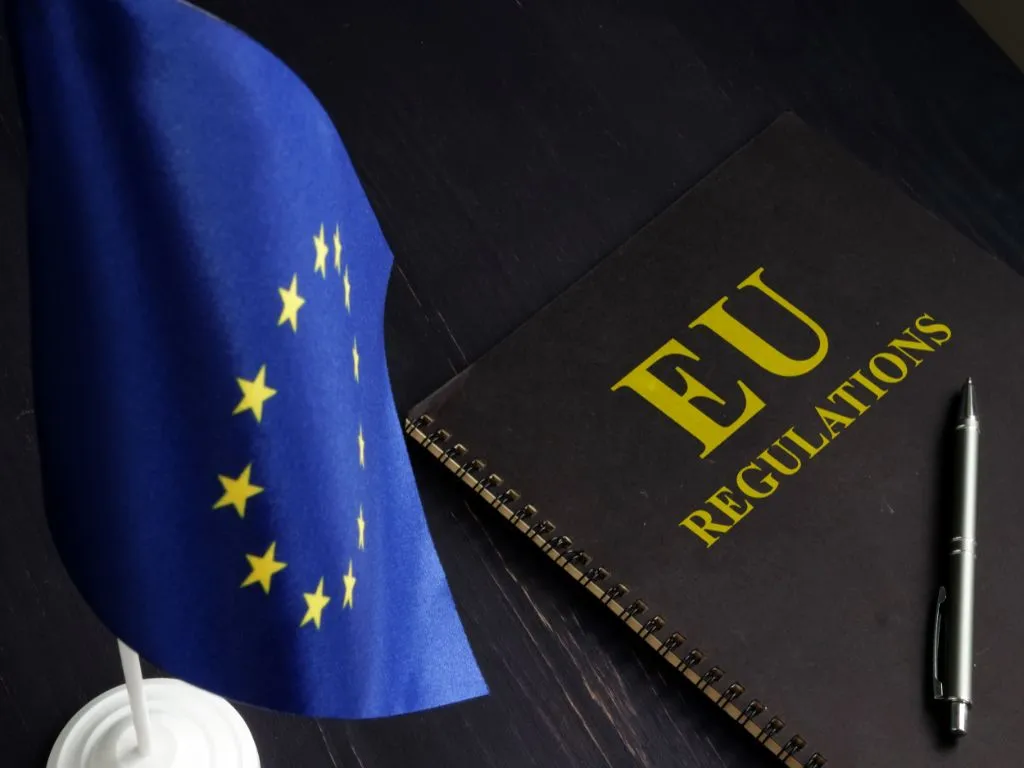News Details

European Commission Adds DMAC and NEP to the REACH Authorisation List
The European Commission has that two substances, N,N-dimethylacetamide (DMAC) and 1-ethylpyrrolidin-2-one (NEP), will be added to the Authorisation List (Annex XVII) of the REACH Regulation (Regulation (EC) No 1907/2006) by a new Commission Regulation which will impose significant restrictions on their use. These measures aim to protect the health of workers by addressing the risks associated with exposure to these chemicals.
This Commission Regulation was notified to the World Trade Organization (WTO) on 30 July 2024 and the notification is open for comments for 60 days.
About the Substances
DMAC (CAS No 127-19-5) and NEP (CAS No 2687-91-4) are widely used solvents with various industrial applications, including the production of man-made fibres, films, coatings and chemicals. Both chemicals are classified as toxic to reproduction, based on developmental toxicity studies, making their exposure a particular concern for workers in industries where they are used. NEP is also widely used in cleaning agents, oil field operations and polymer processing.
Proposed Restrictions
The new Regulation imposes strict restrictions on the market availability and use of DMAC and NEP. Specifically, these substances cannot be placed on the market or used in concentrations equal to or greater than 0.3 % unless manufacturers update safety reports and ensure compliance with Derived No-Effect Levels (DNELs). The DNELs for DMAC have been set at 13 mg/m³ for long-term inhalation exposure and 1.8 mg/kg body weight per day for long-term dermal exposure. For NEP, the long-term inhalation DNEL is 4.0 mg/m³ and the dermal DNEL is 2.4 mg/kg body weight per day.
Exposure to DMAC and NEP above these DNELs poses significant risks to the health of workers due to their reprotoxic properties. Prolonged exposure may cause adverse developmental effects, particularly in relation to reproductive health.
Timeline for Compliance
To give industry sufficient time to implement these changes, the Regulation includes a transitional period. For most sectors, the restrictions will come into force 18 months after the Regulation is published in the Official Journal of the EU. However, for the man-made fibres sector, where DMAC is heavily used, the application of the restriction will be postponed for 48 months.
Reasons for the Regulation
The Regulation follows an extensive review process carried out by the European Chemicals Agency (ECHA). Both the Risk Assessment Committee (RAC) and the Socio-Economic Analysis Committee (SEAC) concluded that current measures are not sufficient to reduce the health risks posed by DMAC and NEP. The RAC recommended the proposed DNELs, while the SEAC emphasised the socio-economic benefits of implementing the restriction. The European Commission’s decision also reflects these findings, ensuring that industry prioritises worker safety while adapting to the new requirements.
Conclusion
The inclusion of DMAC and NEP in the REACH Authorisation List is a significant step forward in protecting workers from exposure to harmful chemicals. The transitional periods built into the Regulation will give industry time to comply with the new safety standards, ultimately reducing health risks and ensuring safer working conditions across the EU. The proposed regulation is expected to be adopted in the first quarter of 2025, with the restrictions taking full effect in the following 18 to 48 months.
We acknowledge that the above information has been compiled from World Trade Organization.

 Twitter
Twitter
